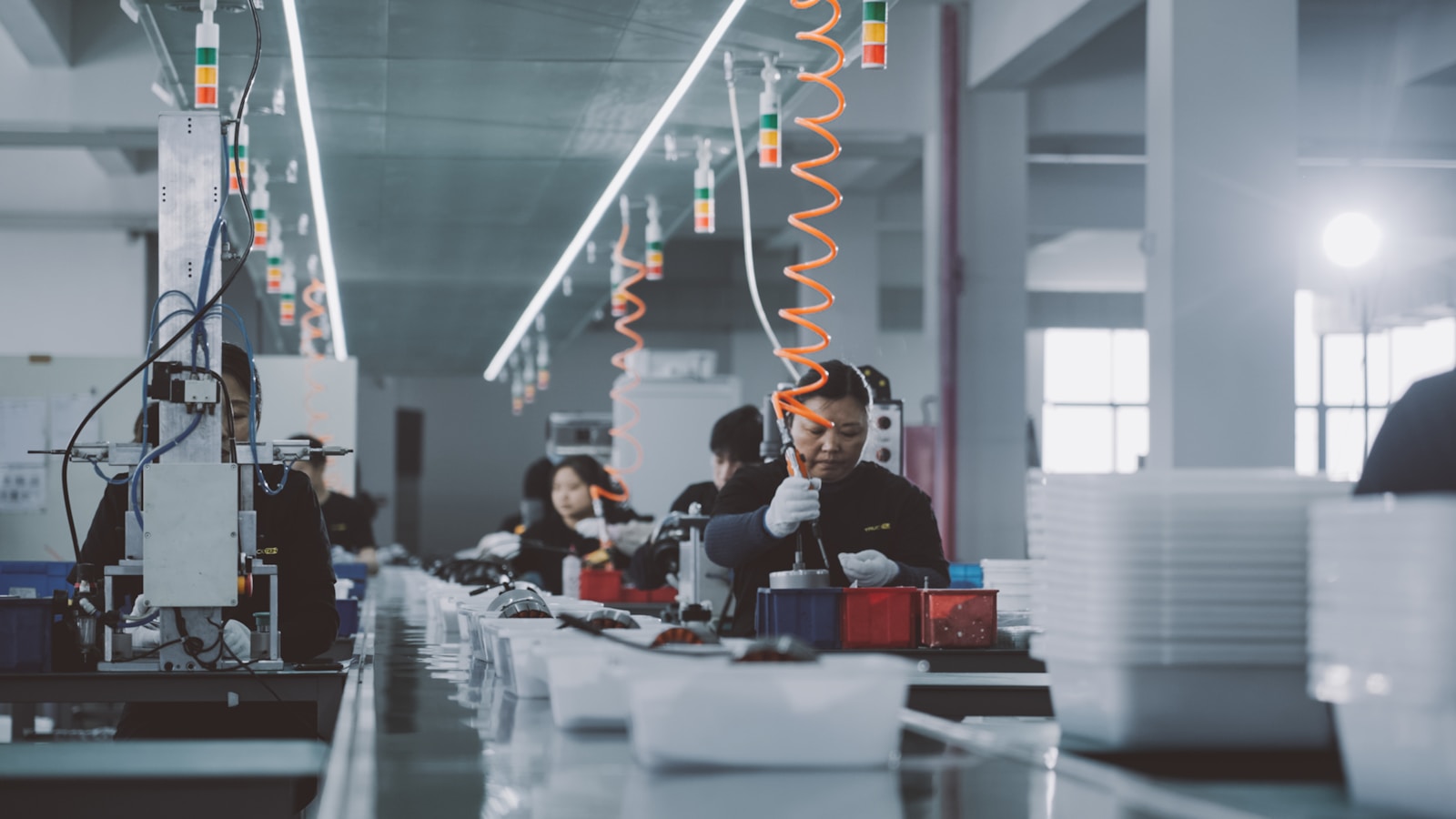Insider Brief
- LG Innotek partners with Ansys to expand Digital Twin technology, drastically reducing product development time and costs.
- Virtual simulations cut substrate warping prediction time from 11 days to 3.6 hours, optimizing production processes.
- Collaboration aims to implement Digital Twin across all value chains, enhancing quality and efficiency through AI-driven simulations.
LG Innotek announced on August 8 its plans to expand the application of ‘Digital Twin’ technology across all processes in collaboration with Ansys, the global leader in engineering simulation, according to the Korea IT Times. This partnership aims to leverage the technology to improve the manufacturing sector by enhancing efficiency, reducing costs and accelerating product development timelines.
Digital Twin technology, which creates a virtual replica of a physical object, allows for simulations that predict real-world outcomes. This innovative approach is gaining traction for its potential to solve various industrial and societal challenges. By integrating Ansys’s advanced simulation software and digital twin solutions, LG Innotek is poised to establish a top-tier digital twin environment.

Seungwon Noh, CTO of LG Innotek, told Korea IT Times: “The future envisioned by LG Innotek involves automatic integration from simulation results in virtual space to actual production facilities, embodying ‘Meta Manufacturing.’ To achieve this, we will rapidly integrate advanced digital twin technology into the entire value chain, including R&D, production, and quality management, to deliver unique customer value.”
Already, LG Innotek has seen substantial benefits from Digital Twin technology in research and development (R&D), according to the technology news site. It has enabled the company to verify designs in a virtual environment, significantly cutting down the need for physical experiments and saving valuable time. In developing semiconductor package substrates (PS), the use of Digital Twin reduced the development period by an impressive 99%.
In substrate manufacturing, minimizing warping due to thermal and pressure stresses is crucial. Through 3D modeling for virtual simulations, LG Innotek slashed the time to predict the warping of a single substrate from 11 days to just 3.6 hours. This precise simulation capability is essential for optimizing circuit design structures and material compositions.
The application of Digital Twin technology has extended beyond product development to the FC-BGA (Flip Chip Ball Grid Array) production process. By setting up process equipment under optimal conditions through a digital twin, LG Innotek managed to halve the ramp-up period for improving initial mass production yields. Previously, determining optimal process conditions required considerable time and costs, involving hundreds of tests. Now, with an exact 3D virtual replica of the FC-BGA production equipment, the process is vastly streamlined.
In the vehicle component production process, Korea IT Times reports that Digital Twin technology has been employed to enhance productivity and ensure quality reliability. For instance, by simulating the soldering process in a virtual space, LG Innotek can predict the time until cracks appear in solder, aiming to improve productivity by approximately 40%.
Looking ahead, LG Innotek, in collaboration with Ansys, plans to rapidly integrate Digital Twin technology across all product development and production processes, including emerging areas such as vehicle communication modules and LiDAR. This expansion aims to encompass the entire value chain, including partner companies and customers, facilitating collaborative product design and efficient production simulations on a shared virtual platform.













